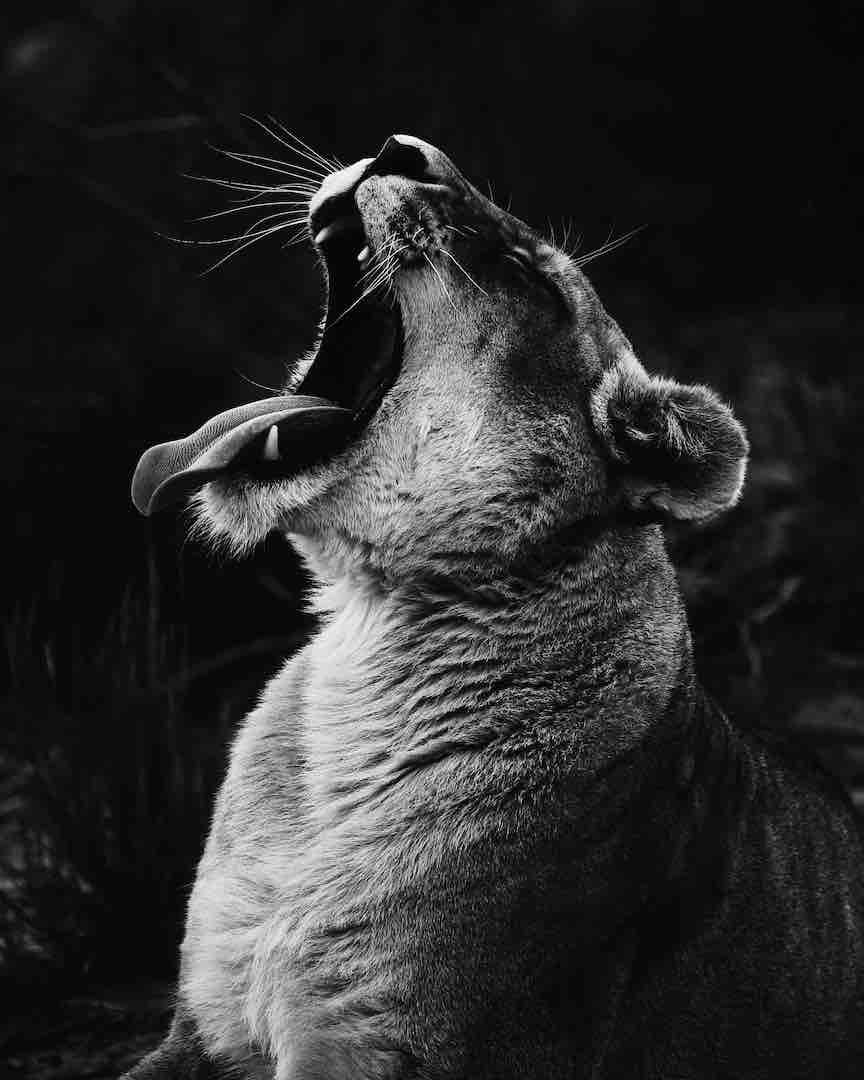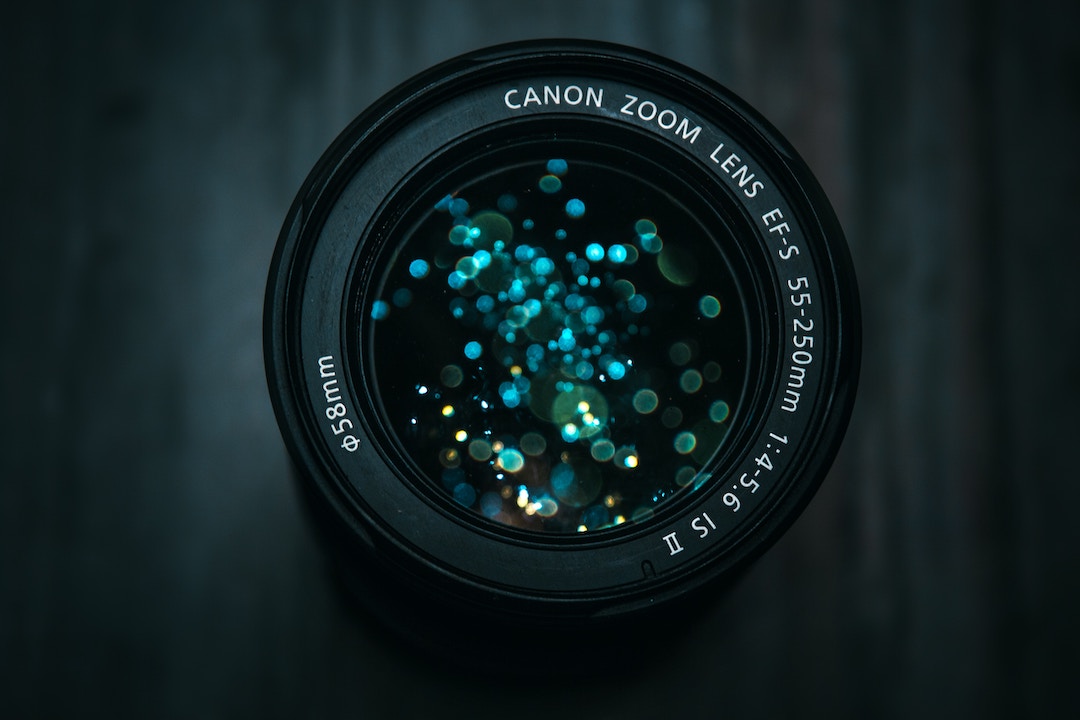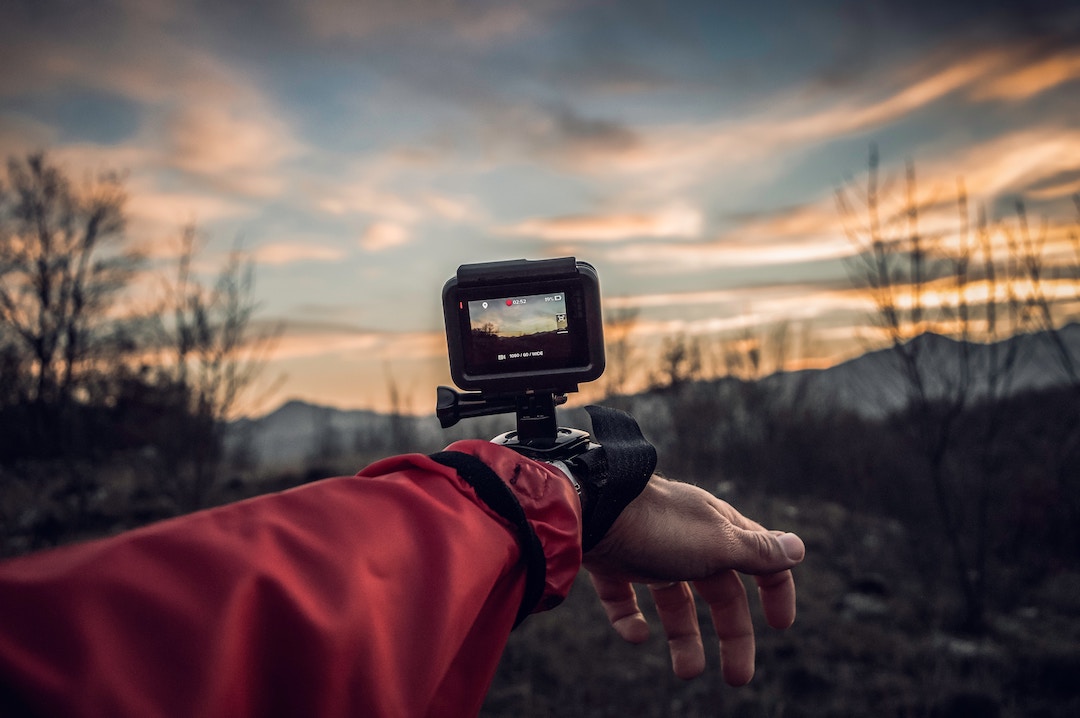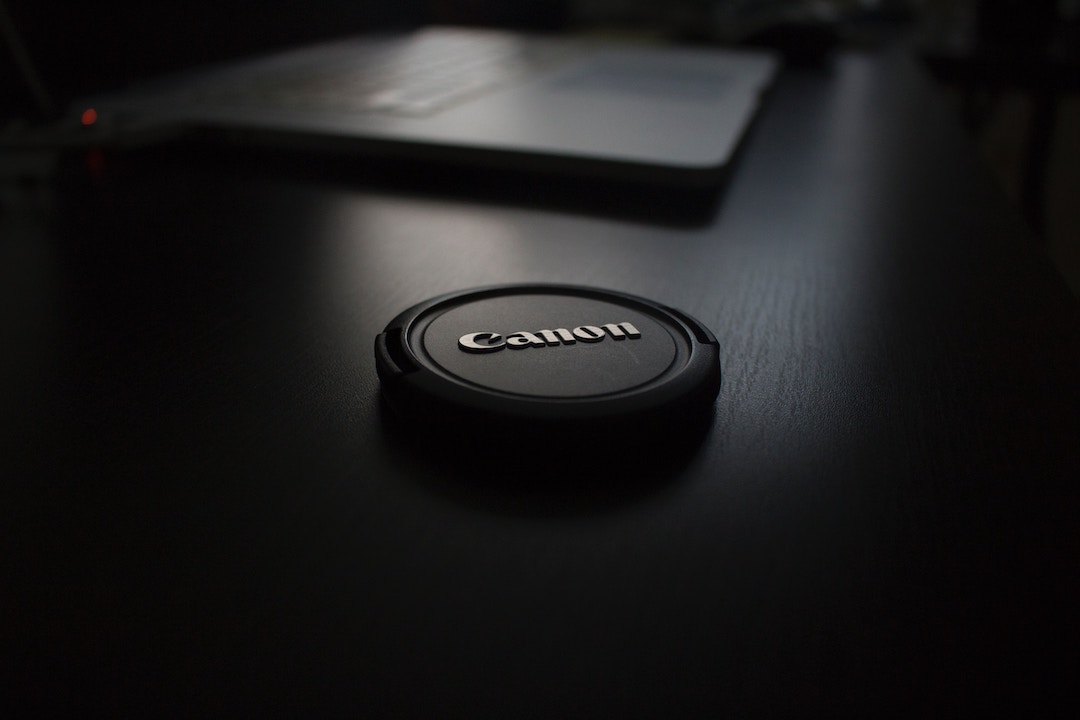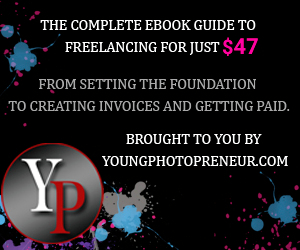Tutorials
Tips for Developing a Successful Email Marketing Campaign for your Photography Business
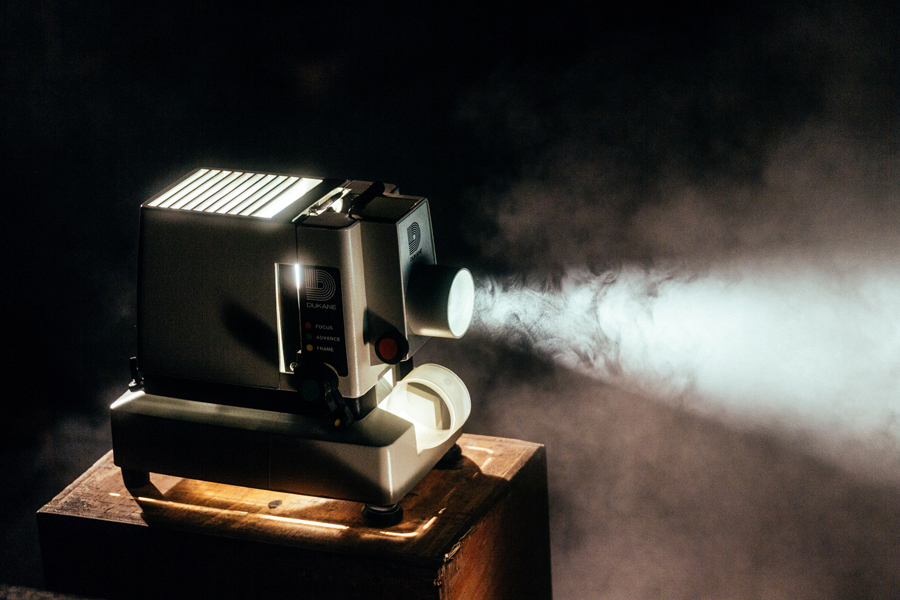
A fundamental element of any content marketing strategy is the email marketing campaign.
Email marketing provides businesses the chance to build relationships with their prospects, obtain essential data, and help to boost a company’s marketing return on investment.
Unfortunately, many companies miss the mark when it comes to developing a campaign and continue to fall short when it comes to the campaign’s performance.
For companies to build, execute, and maintain an effective email marketing campaign, it is essential they pay close attention to their audience and the message they are sharing while avoiding the common trap of inundating their audience with self-promotional messages.
Getting on the right path for campaigns that boost lead nurturing and returns, here are some helpful tips for creating a successful email marketing campaign.
Start with an Objective
Before you start creating your email marketing campaign, it is important to understand your primary objective.
Many business owners get stuck on the open rate data of their emails, thinking that they need to focus more on the subject line to get more opens.
However, there is usually a disconnect between the subject line and the content in the email, which increases the chances that the email will get deleted.
To create email campaigns that bring value to both you and your customers, you need to focus on your target audience and think about what content will provide them with the most value.
Make Sure the Subject Line is Clear
Having a clear subject line that tells the reader exactly what is inside the email is extremely important.
The subject line that you create needs to quickly tell the reader the benefits that you are providing in hopes of creating an immediate emotion. It then must provide an enticing call to action to drive the consumer to the landing page where the content or offer reside.
Use Direct Copy and a Call to Action
When writing the email content, focus on creating concise copy that speaks directly to your target audience and describes the direct benefit they will receive from the click.
Your reader should want to click after reading the content of the email because there is an immediate, emotional benefit. Informing the reader that there is more valuable content drives their curiosity and delivers them to your site.
Developing a successful email marketing campaign is not complicated, it merely takes some pre-planning and thought. By following these tips, you can rest assured your next email marketing campaign will be successful.
Tutorials
How to use a photography cheat sheet pocket card
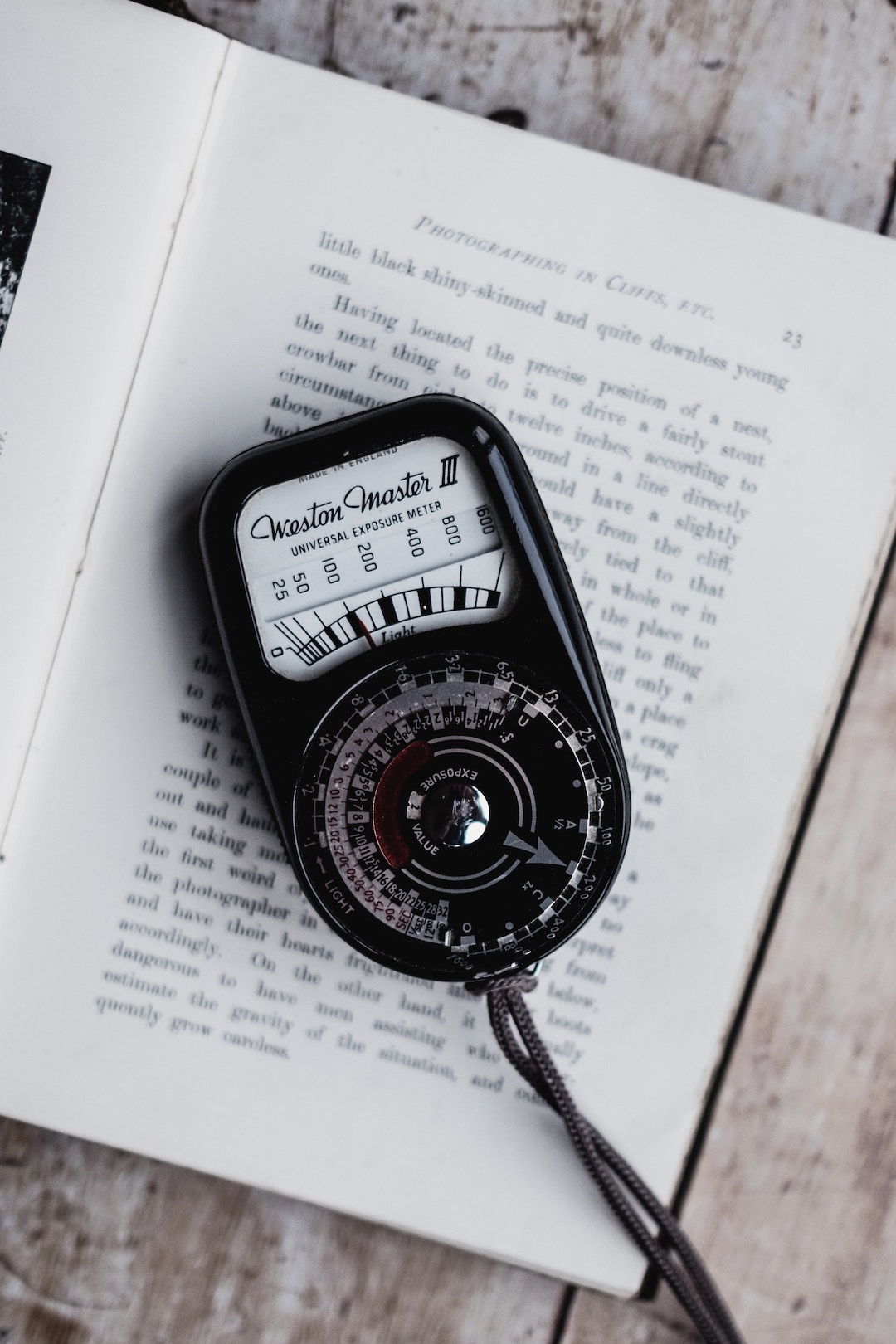
Are you new in the field of photography? Ignited and driven by the passion deep within? The first step is always the hardest, it will be a piece of cake once you master it. Some people will settle for automatic. But will this help you explore your full potential as a photographer?
You are equipped with a photography cheat sheet pocket card, yet you don’t know how to use it. No worries I have you covered. Here is how you to use photography cheat sheet pocket card.
How does one use a photography cheat sheet pocket card?
There are various aspects that one will explore his or her benefits to comprehend photography.
1. Exposure
It is important to keep in mind the amount of light that comes into the camera. Unlike smartphones, cameras have a larger sensor which helps them to give a clear and brighter image.
When your camera is still in standard-setting, your value will always be at “0” from your viewfinder. Some people will just move it randomly, but as a professional, you should understand why people move it either by positive 2 or negative 2.
Your camera light meter will not read light clearly in shadows and sun areas when the sun is at it extreme at 12 pm. Ensuring that your images are not under or overexposed to light.
It is advisable to leave the settings at default if you have no clear understanding in your first days.
A range of positive 3 to negative 3 will be well appreciated according to the photography cheat sheet.
2. The Aperture
By going straight to the aperture you are just one step away from taking the best photos in your photography career. Here is where all the secrete lay.
The big question is why do most photographers decide to explore the aperture? The aperture plays a crucial role when it comes to the depth of field. This means that you want to concentrate on one image leaving the rest of the image blurred.
By using the f-number of f/1.4,f/1.8 and many more you can come up with amazing portraits, fruit images and more close up images. Using this f numbers give you more detailed photography.
If you wish to take images of a wide area like a landscape, then you should explore f/11, f/18 which offers a bigger view.
The camera is made to aid you in your settings, as you set the shutter speed and ISO when set automatically while in auto mode.
From your cheat sheet, you can see the various f scale that is suitable for various pro photography. The shutter speed
Depending on the type of photo you want at the end of the day, one can either freeze the image to action or take a motion picture. If you prefer a frozen image using low shutter speed will work perfectly. But if you prefer a motion image higher shutter speed will pull it through.
usually, low shutter speed is 1/4000 of a sec to 1/500 sec while the high shutter speed range between 1/2sec and above works best with a tripod.
According to the cheat sheet, long shutter speed is 1 second and above while very short shutter speed 1/2000 sec and fewer. Suitable for static and moving objects.
4. ISO setting
ISO tells a lot about the image you are taking in terms of noise. The higher the ISO the noisier the images while the lower ISO the lower the noise.
What happens when ISO is increased? When there is an increase in ISO the camera will decrease the aperture automatically.
It is recommended that if you are doing sheet or portrait photography at night when there is limited light. You should increase ISO value. When taking a large view photograph e.g. a landscape always ensures that your ISO is 100 even during the night.
RECOMMENDATION:
There are various situations where one can call into action different settings. For more detailed photography e.g. a portrait it is advisable to set your ISO at 400 and f-number either f/2.8 or f/4. Also, make sure that the shutter speed is lower enough to get sharp photos.
landscaping photography works well with a tripod. Using an ISO of 100 and f-number f/8 and f/20.You can get the best images. Don’t worry about the shutter speed you can go for as long as 20sec.
as for the common street photography, an ISO of 400 and a shutter speed of 1/100 or lower using a zoom lens should make your photos appealing. If you want to blur the background you can play with the aperture to suit your taste.
OBTAINING MORE SHARP IMAGES
when the shutter speed’ denominator is equal to or higher than the zoom one is using, this is a guarantee that you will give sharp images. A good example is a lens of 50 mm with a shutter speed of f/50.
GETTING TO MANUAL MODE
Manual mode is not a friend in the first days but as you advance in photography the more you understand.
Once you have gathered much courage you can explore manual mode by playing with the aperture and the shutter speed to get amazing images.
You are just one step away from becoming a professional. More practice will make you the best in the field.
Tutorials
Quick Guide to the Best Camera For Photo And Video
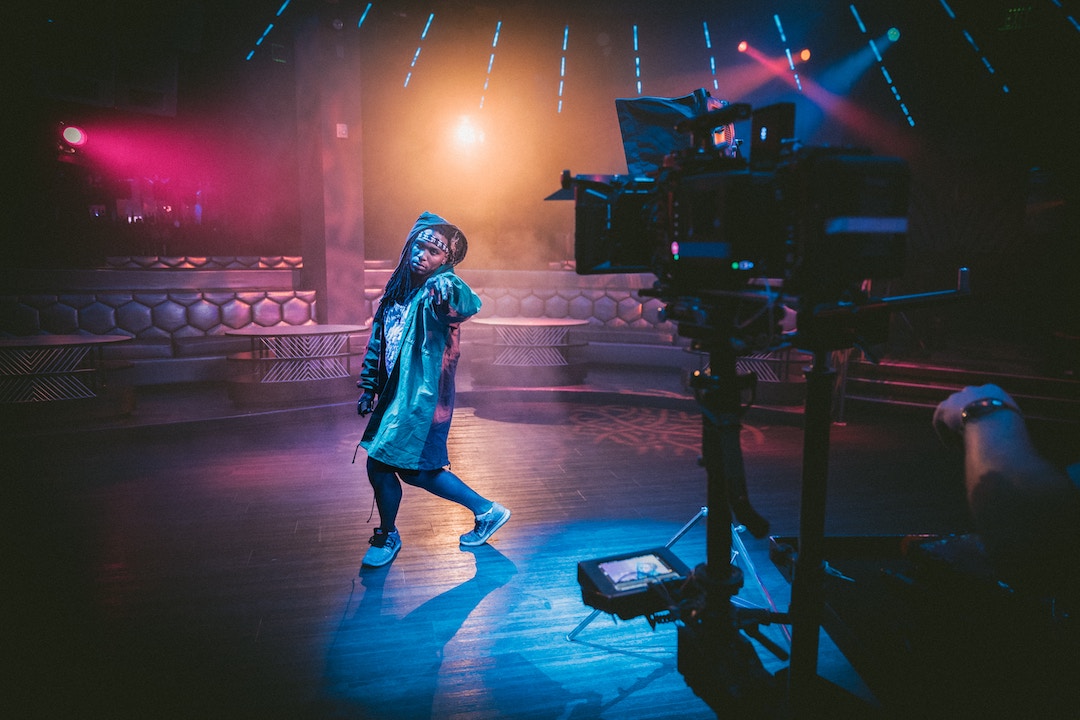
Writing brings some kind satisfaction that is difficult to find since it lets you become creative and gives you a chance to portray your composing skills. Identifying the best camera plays a huge role in determining the type of pictures that you produce as a photographer.
It is, therefore, important to ensure that you are aware of the best photographing gadgets before buying one.
THE TOP PHOTOGRAPHY CAMERAS
There is a range of types of cameras that are all designed with specifications that suite their field. The best sports camera can be a different case in photography but we will feature photography cameras today. When it comes to picking the most suitable camera, there are a lot factors to consider some of which include:
* Autofocus Type- there are two types of autofocus in the modern DSLRs namely; cross-type and phase detection. Phase detection points are the least powerful but most common points.
Any focus point is capable of looking for contrast in the frame but phase-detection only detects vertical changes in contrast. Cross-type however, detect both vertical and horizontal which allows better and quick focus. The more the cross-type points, the better the autofocus.
* Max Video Resolution- resolution is the measurement of pixel an image or a video contains. The more pixels a camera has, the sharper the image. A number of pixels will offer more cropping options in post-processing and allow you to use a single clip to edit different views. If you are looking to more data on a camera, editing flexibility and clear videos then a camera with 4K capability is suited for you but this does not imply that a camera with 4K is any better.
* Size and Weight- it is important that you put size and weight into consideration while shopping for a camera. Lifting a camera may not seem tiresome but hold it for a whole day and eventually, your arms will feel it. One of the disadvantages of full-frame DSLRs is that they could be heavy. Mirrorless cameras might be the right choice for you if you prefer a lighter set up.
* Battery Life- most applications in a camera like video recording and LCD screens can drain batteries really fast. Battery life varies with models. It is measured in still shots in a single charge. A recording project will require backup batteries.
* Sensor Size- Modern DSLRs are either crop sensor or a full-frame sensor. A full-frame sensor captures more light due to its larger size making it better for low light performance. Their downside is their cost and weight. Full frame cameras are much heavier and more expensive than the APS-C or crop sensor cameras.
* Stabilization- this is a major area to consider while getting a camera. Stability is essential in taking a smooth photo or video if you are taking the picture handheld. Increased focal length makes a camera shake more noticeable and especially if you are shooting with longer lenses.
Nikon D850
This camera may be expensive but it is also the best choice if you are looking for the best never minding the cost. It is packed in a 45.4MP sensor and has a stunning image quality. The Nikon D850 may be one of the most well-rounded cameras money could buy.
Sony Alpha A7 III
This camera is specifically made for the enthusiast photographer packing a terrific blend of features. It has a stunning 24MP full-frame sensor. Sony’s mirrorless full-frame has become an excellent substitute to Nikon and Canon DSLRs. The camera is perfect for videographers who would want to shoot in the dark, and take 4K video.
Canon 5D Mark III
This popular camera also works as a video camera. It stands out as the best Canon DSLR for video with a brilliant performance in low-light and autofocus. The 5D Mark II has been used over recent years in film and television which gives you an idea of what its successor could do.
Panasonic Lumix GH4
This is like a smaller version of the Sony Alpha A7II but is way more expensive. The camera can record 4K video and has a mirrorless full-frame. It come in a really convenient size and only weighs 1.2 pounds.it can record videos longer than 29 minutes and 59 seconds with a 49-point autofocus system. Its price range is mindful to the budget-minded photographers who are looking for a small but powerful camera.
Canon 80D
This camera is popular among vloggers and photographers because it is budget-friendly at the same time taking amazing video. The camera has a fast and accurate autofocus recording of 1080p at 60 FPS due to a 45-point AF system.
These are some of the best choices for the best cameras to capture your moments.
Tutorials
What’s the difference between analog and digital photography?
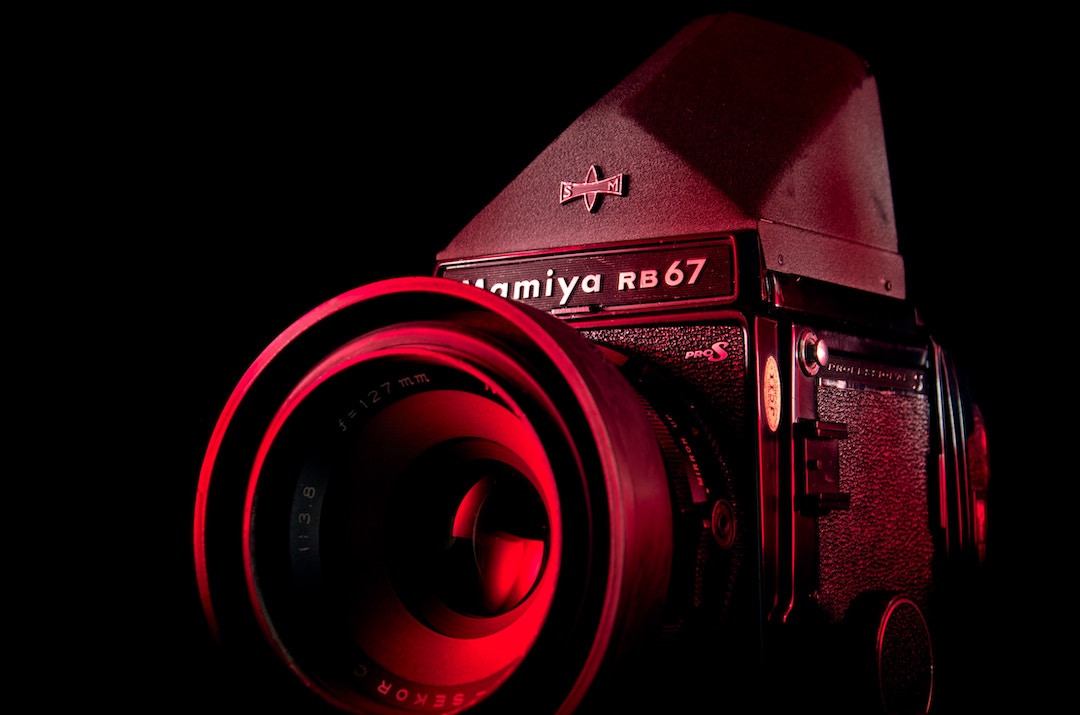
Which camera should we use?
Either you use the analog camera or digital camera, the purpose is same capture awesome pictures or movements. So the question is which camera should be used? Which one is the best choice for taking photos?
Difference between analog and digital camera/photography:
Analog camera/photography
We need to know about the two types of the camera before going into details. The basic difference between both the camera is the way how they capture the images. In analog camera, the film is the most sensitive part. Analog camera is also called film camera, capture images on film which are processed later on to develop the photos.
Films are used only one time and need to develop such as transferred to photographic paper. Film photography needs more efforts than digital photography, which is considered more natural and true.
Some of the pros and cons of analog photography are:
1. The initial cost is low but the subsequent cost becomes high such as processing or printing.
2. Time-consuming while processing such as developing the prints and true or original results
4. Additional efforts are required for visualization of frame
5. Storage of images are limited to the film role
Digital camera/photography
While, on the other hand, the digital cameras have fast processing speed for your images. Digital cameras have no film, rather use memory cards. There are sensors in digital camera called CCD/CMOS which captures the light and transforms it into the picture.
The image is processed in seconds and send to your storage card. Also, we can access all the pictures or images anywhere while connected with internet WIFI. The best thing about the digital camera is its ease in use.
You can use it easily and can store your picture or images in storage devices like external hard drives or CD drive or even in pen drives. Digital photography is easier to produce results and has a fun.
Majority of the people think that buying a brand new or better camera will solve their all problems of photography which is not true. Either you are using analog or digital camera, you must need a good skill for taking or capturing images. These include knowledge of the lighting aspect, film and shutter speed. For the digital camera, you need to use the ISO setting.
ISO is the sensitivity of your sensor to the light and its setting depends on the scene you are photographing. The rule is simple for ISO setting, the more light, the lower you will set the ISO value.
Usually, ISO values ranging from 100 to 6400 in new cameras. These are some of the recommendations for ISO values while taking photos
1. If you are taking photos on the bright or sunny day then 100 or 200 ISO values are best suited for your camera
2. In case there is cloudy weather, a high value of ISO can be used such as 400
3. If you are doing an indoor photoshoot without flash, then it’s better to use 800 ISO value or even 1600 ISO value for very low light situations.
We should understand the ISO value. Why it is important? Digital cameras have auto ISO. If you are in a hurry or you don’t know how to manually adjust the best ISO value, the camera will do it for you but it will catch more noise factors in your photos. ISO testing is very important.
If you keep the ISO low, it will give you the best results in image quality, however, it is not the case all the time. We recommend that you test ISO of your camera in situations like very low light, sports events or action photos.
However, ISO tolerance level depends on your camera and of course at your choice too. You should keep watch on the noise factor in your photos.
The little is the noise factor the more will be your photos smooth in look.
Some of the pros and cons of digital photography are:
1. The initial cost is high as compared to analog photography
2. Less processing time
3. Results can be edited/or highly manipulated and not considered natural and true like analog photography
4. Approach for the shooting is easy and quick
5. The storage capacity of the pictures is very vast, depending upon the SD memory card
-

 Tutorials5 years ago
Tutorials5 years agoWhat’s the difference between analog and digital photography?
-
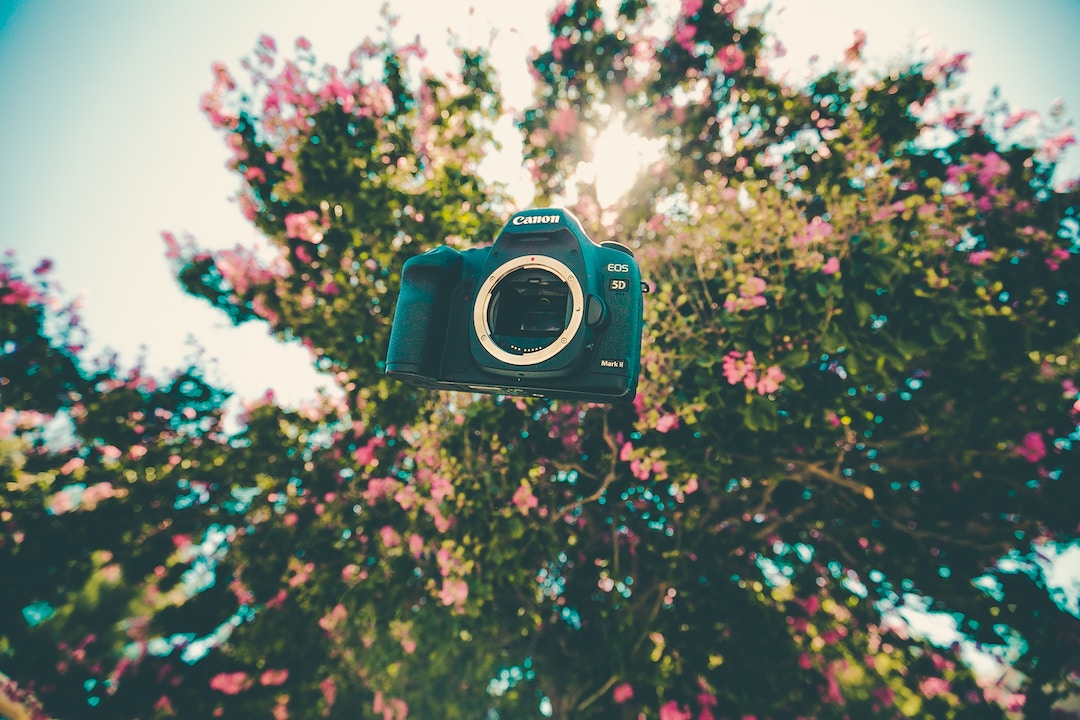
 Gear7 years ago
Gear7 years agoLorem ipsum dolor sit amet
-

 Business & Career11 years ago
Business & Career11 years agoThe Anatomy of a Great product photography business
-
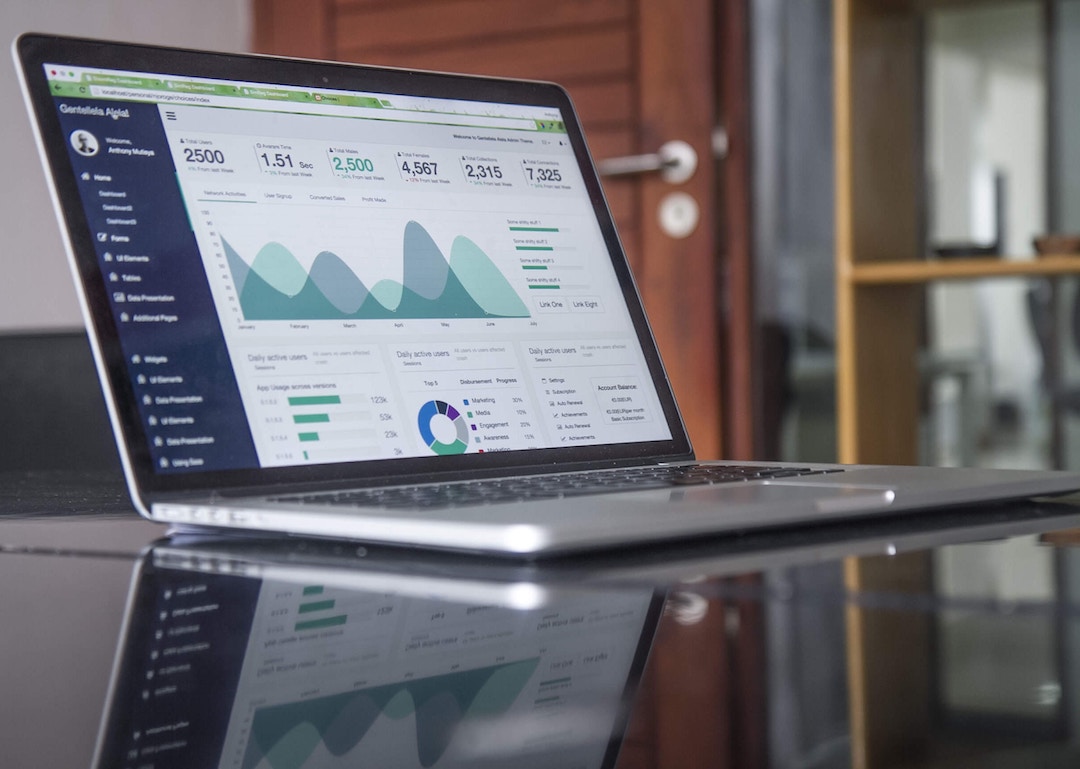
 Technique7 years ago
Technique7 years agoAccording to Dior Couture, this taboo fashion accessory is back
-
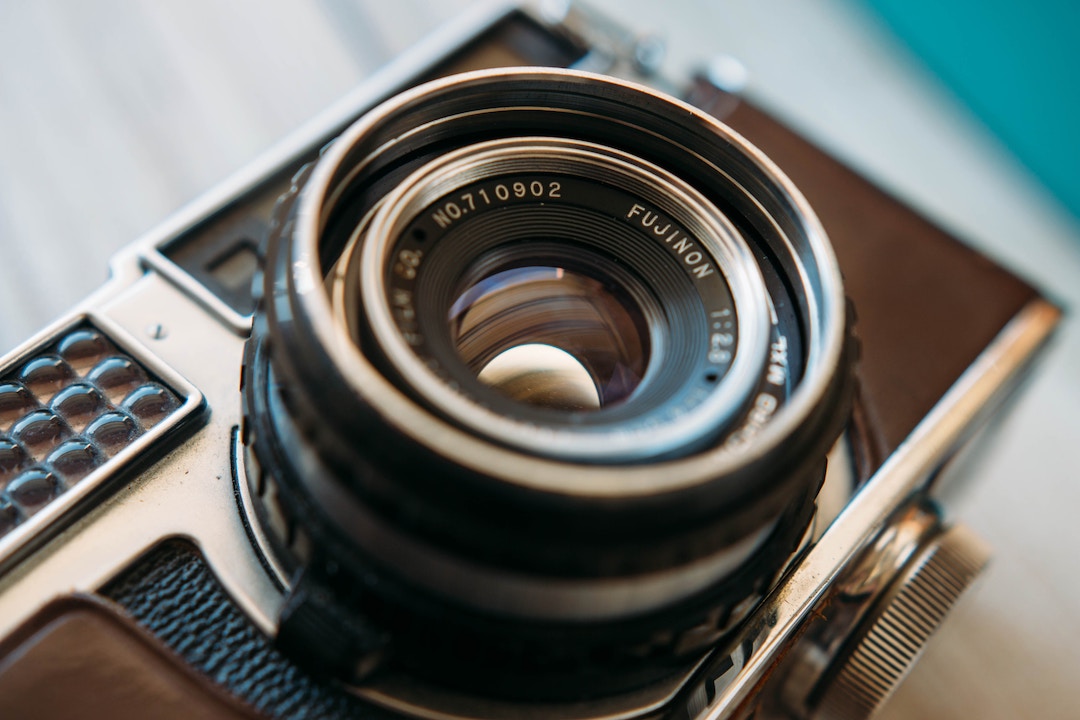
 Photography Tips5 years ago
Photography Tips5 years agoThe essential difference between a camera that shoots film or a camera that shoots digital is…
-
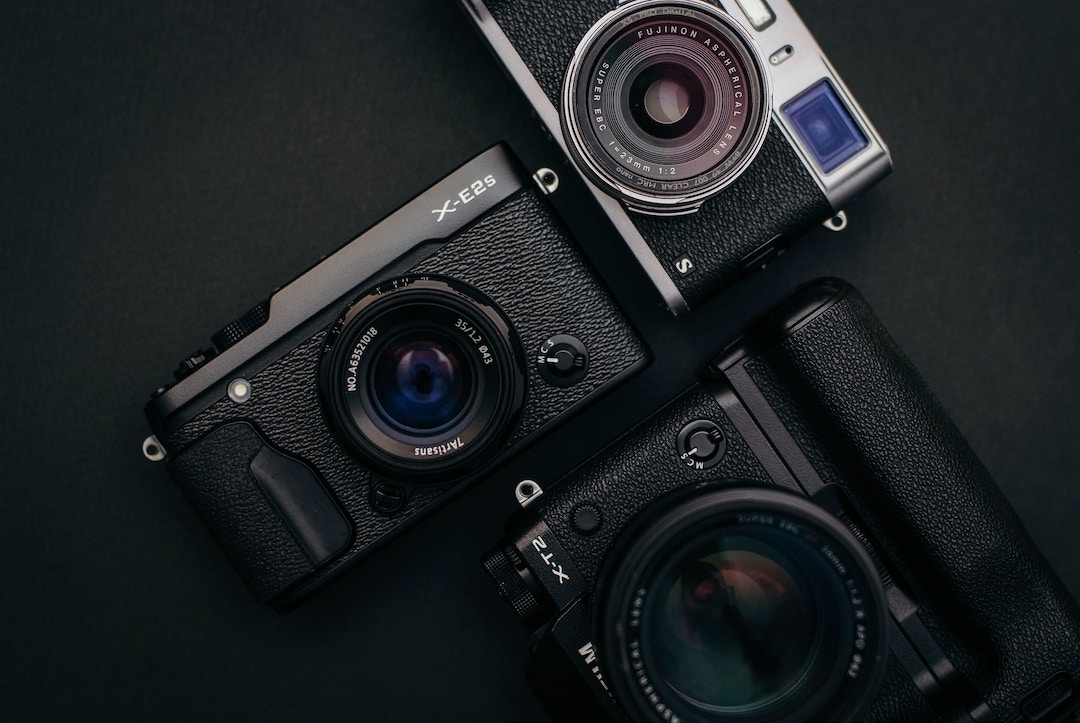
 Graphic & Web Design7 years ago
Graphic & Web Design7 years agoThe old and New Edition cast comes together to perform
-
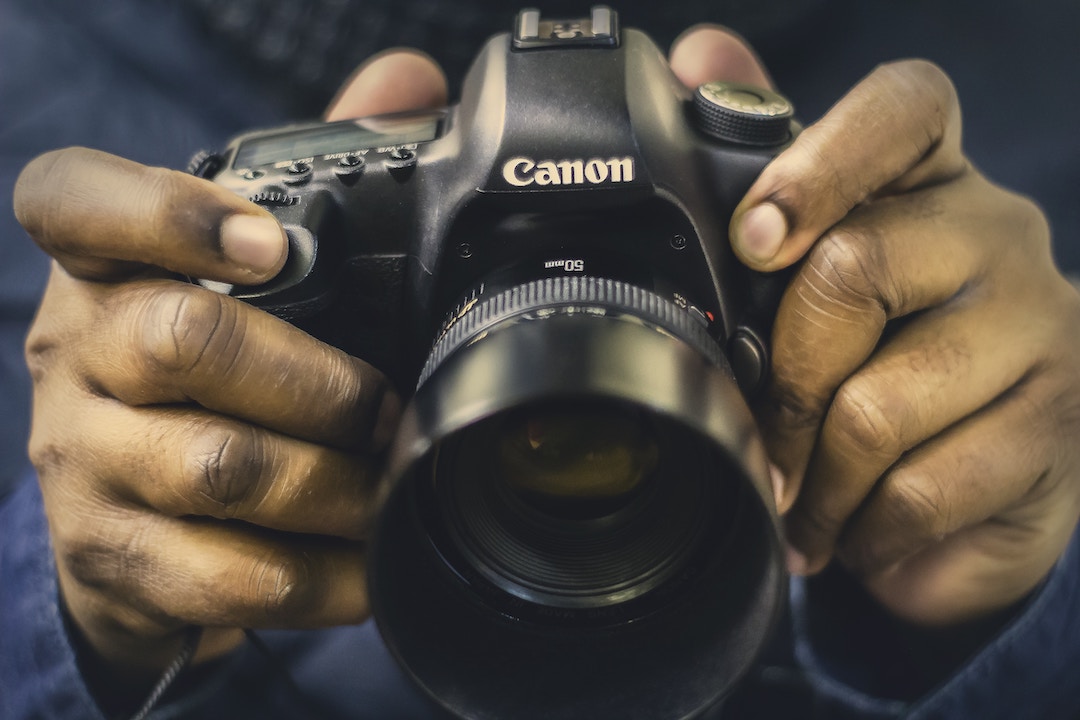
 Education & Learning7 years ago
Education & Learning7 years agoPhillies’ Aaron Altherr makes mind-boggling barehanded play
-
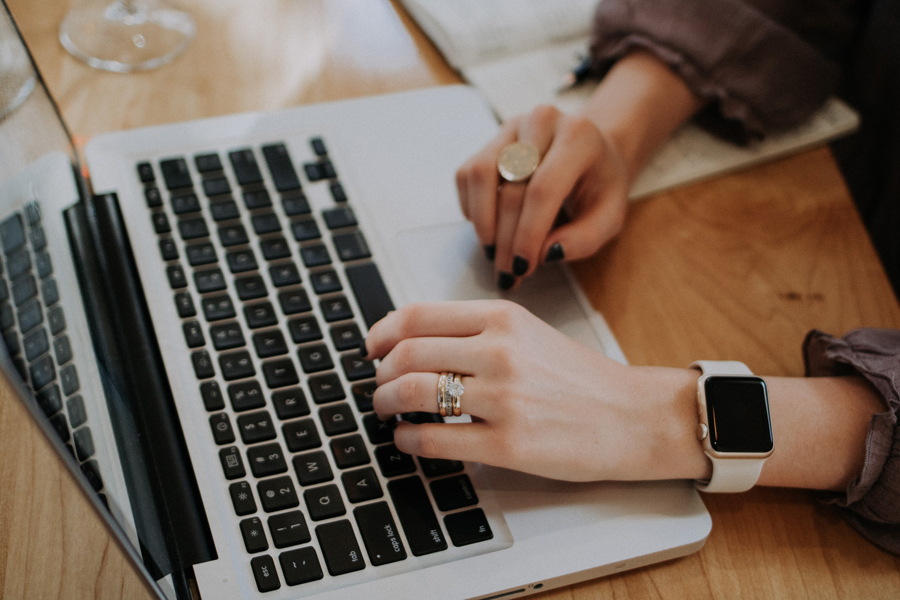
 Cinematography7 years ago
Cinematography7 years agoThe Ultimate Glossary of Terms About product photography business



